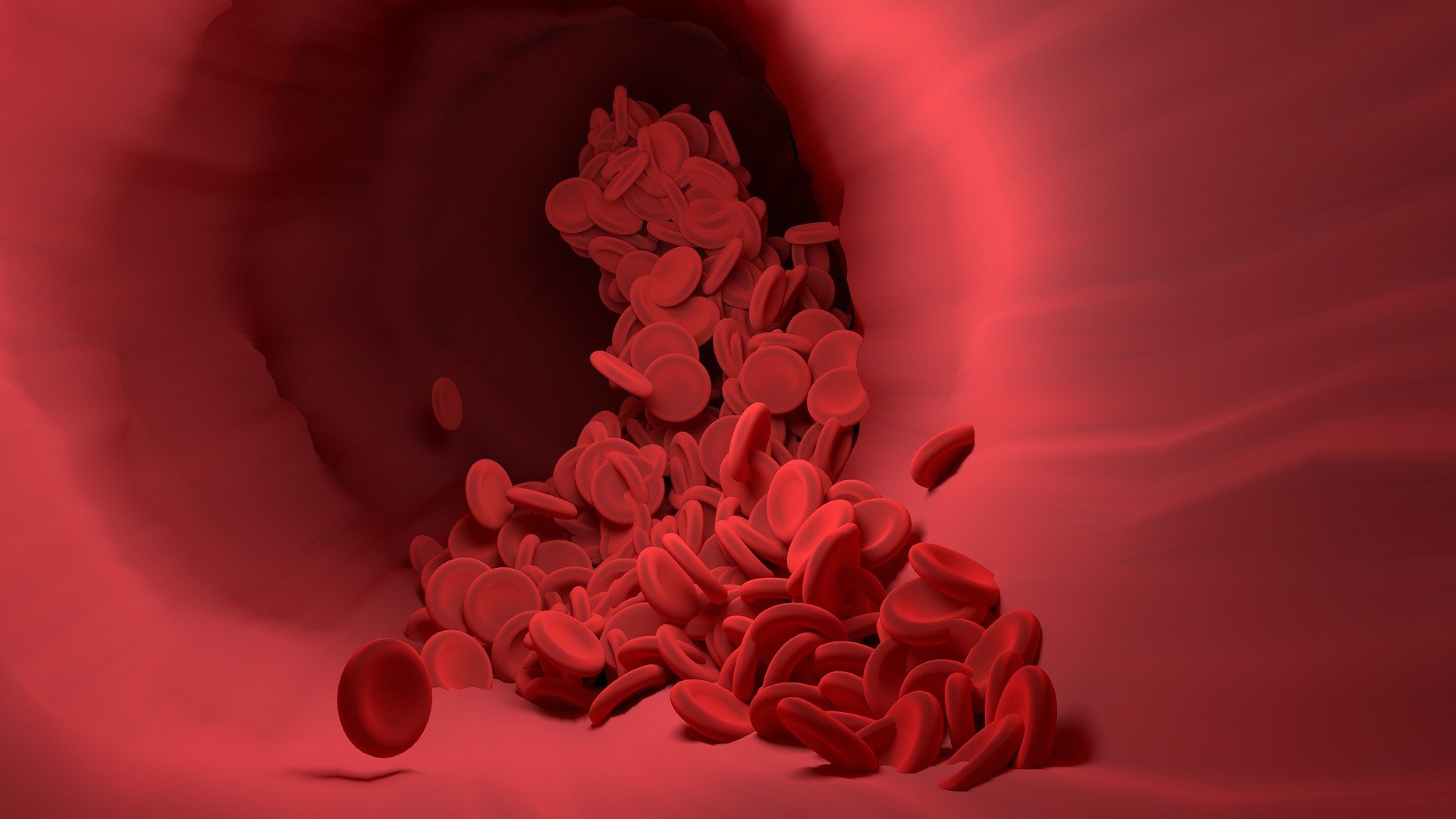
You don’t have to worry if you are wounded and bleeding. Our body has its own 'shield' to stop the bleeding. Have you ever heard about the process of blood clotting? It’s like the first aid from the body to stop the bleeding. The blood will turn into a gel that can help clog the leakage due to injury. But what happens if these blood clots cause blockages and stop the flow of blood in the body?
Some people have a higher risk of blood clotting disorders that lead to blockage of blood flow. Based on data from the American Society of Hematology, here are some factors that can increase the risk:
- Use of oral contraceptives
- Obesity
- Active smoker
- Aged over 60 years
- Having a family with a history of blood clotting disorders
- Diabetes
- Pregnancy
Talking about blood clots, symptoms that arise are usually very dependent on the location of the blockage occurs. Reporting from Medical News Today, here are some spots of blood clots that often occur.
- Deep vein thrombosis (DVT), blood clots that occur in the legs. Symptoms are usually shown are warmth around the site of injury, pain, swelling, and skin becomes red.
- Pulmonary embolism, blood clots that occur in the lungs. The symptoms that are often shown are chest pain, fever, coughing up blood, excessive sweating and shortness of breath.
- Abdomen. Blood clots in the abdomen usually come with pain, nausea to diarrhoea.
- Blood clots in the brain will show symptoms such as difficulty speaking, impaired vision, and severe headaches.
- Blood clots in the heart will show symptoms such as pain, shortness of breath, and nausea.
There are several ways to treat this disorder, one of them by undergoing anticoagulant drug therapy. Often considered a blood-thinning drug, in fact this drug works by extending the time of the blood clotting process. In addition, the use of compression stockings is also known to be effective in relieving the symptoms of blood clots.
Text by Anggie Triana
Stock photos from Pixabay
Source:
- Medical News Today - How to recognize the symptoms of a blood clot (2020). https://www.medicalnewstoday.com/articles/how-to-know-if-you-have-a-blood-clot#prevention, 8 June 2020.